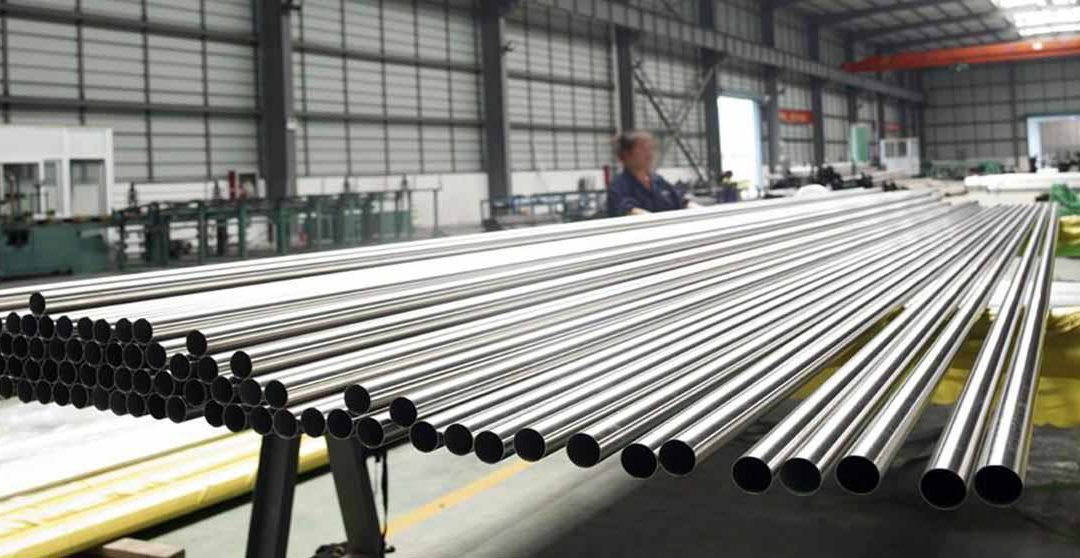What is Hastelloy
Hastelloy is a name that refers to a category of nickel-based corrosion-resistant metal combinations. When compared to standard alloys, Hastelloy offers a unique mix of characteristics that provide them with much greater corrosion resistance. Hastelloy comes in a variety of grades, several of which are nickel-chromium-molybdenum alloys. Each of these grades has been tailored for a distinct application, although they are all corrosion-resistant.
When used in metal applications, Hastelloy have the following benefits in addition to corrosion resistance
- resistance to severe oxidizing solutions is exceptional.
- In decreasing situations, it’s important to have a long-lasting product.
- Grain-boundary carbide precipitation is minimized because of the low carbon content.
Hastelloy is a nickel alloy that belongs to the “superalloy” family of highly corrosion-resistant metals. It can survive high-temperature and high-stress conditions, including those where erosion is a significant concern. It may also be stretched into thin sheets without losing its strength. This is why a Hastelloy perforated metal cylinder can stand up just as well in nuclear reactor pipework as it can in a whiskey still.
Hastelloy is used for high-temperature gas path components such as turbine combustors, flame holders, liners, pressure vessels of some nuclear reactors, chemical reactors, and pipes/valves in the chemical sector are made from the alloy.
Hastelloy’s Characteristics
- Outstanding corrosion resistance and high-stress resistance
- Excellent resistance to stress corrosion cracking
- Acid resistance is high.
- Ease of fabrication Ease of welding
- High oxidation resistance (at high temperatures)
What is the Process for Making Hastelloy?
Hastelloy is created through a complex process that involves the incorporation of numerous elements such as tungsten, carbon, titanium, aluminum, manganese, copper, cobalt, and chromium into the transition metal’s basic constituent, which is fundamentally a nickel-based compound. Hastelloy parts have the essential features of being able to tolerate not only high temperatures but also high stress in a mild to severely corrosive environment. This feature distinguishes Hastelloy from its metal counterparts, which would fail in applications such as nuclear reactors and gas turbine engines.
Applications of Hastelloy
Different Applications of Hastelloy are:
- Chemical Process
- Petrochemical
- Oil & Gas
- Pharmaceutical
- Geothermal
- Sea Water
- Water Desalination
- LNG (Liquefied Natural Gas)
- Biomass
- Mining
- Utilities
- Nuclear Power
- Solar Power
Chemical processing industries rely heavily on corrosion-resistant Hastelloy. In the fields of geothermal, solar energy, oil and gas, and pharmaceuticals, the necessity for dependable performance has led to their acceptance and growth. High resistance to uniform attack, remarkable localized corrosion resistance, excellent stress corrosion cracking resistance, and ease of welding and fabrication are all advantages of Hastelloy process equipment. The most versatile of the Hastelloy alloys are the “C-type” alloys.
What is Better? Hastelloy or Stainless Steel
The major difference between Hastelloy and Stainless Steel is that Hastelloy shows excellent corrosion resistance compared to stainless steel. Hastelloy and Stainless steel are both corrosion resistant but Hastelloy is more effective and thus separates itself from stainless steel.
In a nutshell, Hastelloy and stainless steel are both alloys. Stainless steel is an alloy of steel, while Hastelloy is a superalloy. Both of these items are corrosion resistant, although to varying degrees. Finally, the primary distinction between Hastelloy and stainless steel is that Hastelloy has superior corrosion resistance to stainless steel.
High resistance to uniform attack, remarkable localized corrosion resistance, excellent stress corrosion cracking resistance, and ease of welding and fabrication are all benefits of Hastelloy process equipment.
Conclusion
Amardeep Steel Centre is the leading supplier of Hastelloy often known as Alloy. It is a popular alloy that comes in a range of standards, including AMS 5754 and AMS 5536. Hastelloy is a nickel-based superalloy that works well in gas turbine engines, airplanes, industrial furnaces, and chemical processing. Hastelloy flame holders, spray bars, transition ducts, combustor cans, and other combustion-related elements are used in gas turbine engines. Aircraft parts made with Alloy include jet engine tailpipes, afterburner components, and cabin heaters.
We cater to the needs and requirements of our customers and Amardeep steels is very proud of it. For more information about our different products and services visit our website and have a look at other blogs for your understanding and knowledge.

